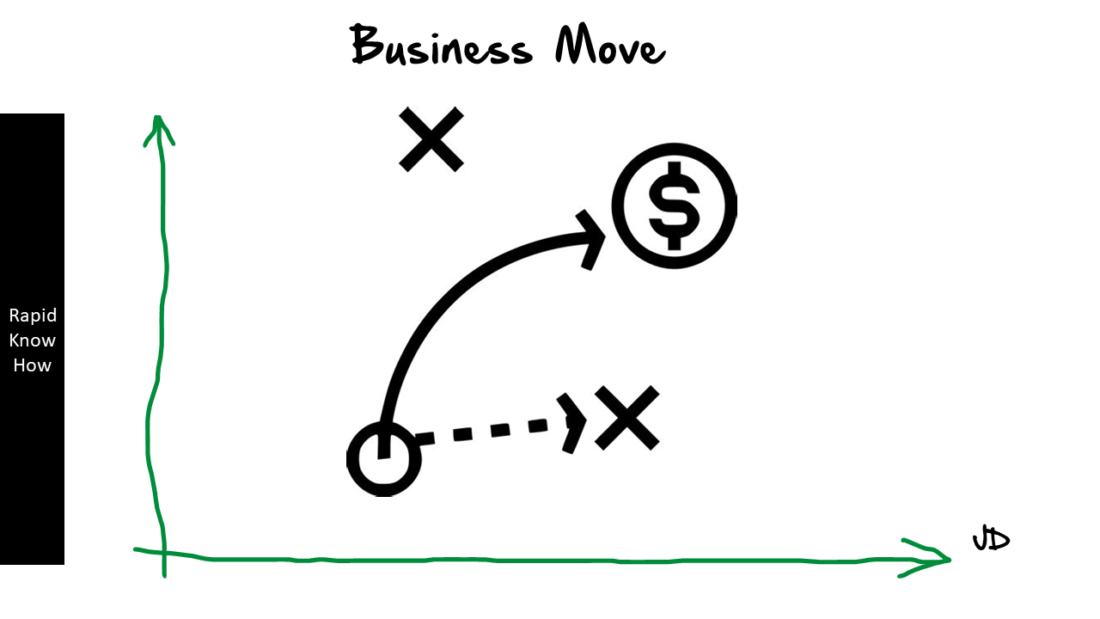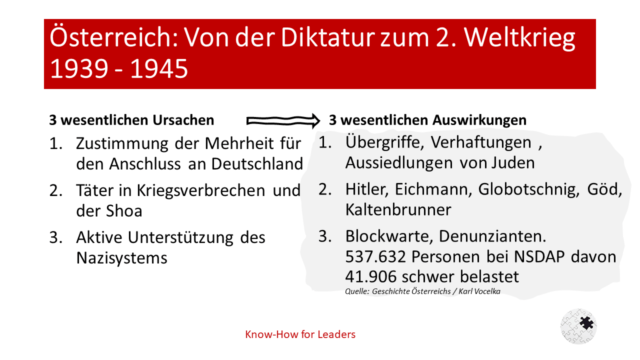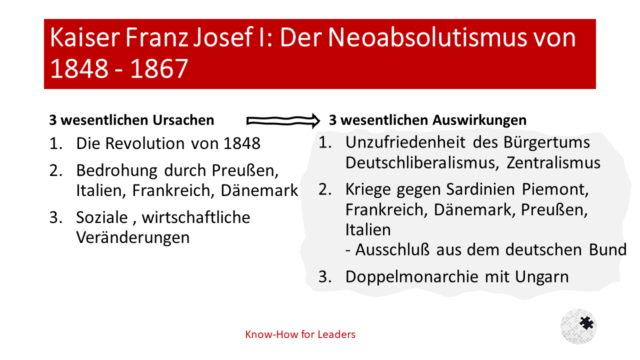Mergers and Acquisitions (M&A) are strategic decisions taken by companies to achieve specific business objectives. These objectives could range from expanding market share, diversifying product offerings, achieving economies of scale, or even eliminating competition. However, the process of M&A is complex and requires careful planning and execution. This answer will delve into the framing of Mergers and Acquisitions, analysing strategic fit, identifying strategic and operational synergies, and understanding the financial implications.
**Framing Mergers & Acquisitions**
The framing of M&A involves a comprehensive understanding of the business landscape, including the competitive environment, regulatory framework, and market dynamics. It also requires a clear articulation of the strategic objectives that the company aims to achieve through the M&A. The framing stage sets the foundation for the entire M&A process and is critical in determining its success or failure.
**Analysing Strategic Fit**
The analysis of strategic fit is a crucial step in the M&A process. It involves evaluating how well the target company aligns with the acquirer’s strategic objectives. This could involve assessing factors such as compatibility of business models, alignment of product portfolios, similarity in corporate cultures, and potential for market expansion.
The analysis should also consider potential challenges that might arise from integrating the two companies. These could include differences in organisational structures, management styles, or operational processes. A thorough analysis of strategic fit can help identify potential synergies and risks associated with the merger or acquisition.
**Identifying Strategic and Operational Synergies**
Strategic and operational synergies are benefits that can be achieved through a merger or acquisition that would not be possible if the companies remained separate entities.
Strategic synergies might include expanded market reach, increased bargaining power with suppliers or customers, or enhanced capabilities to innovate.
Operational synergies refer to cost savings that can be achieved by combining operations. These could come from eliminating redundancies in administrative functions, consolidating manufacturing facilities, or leveraging shared technologies.
Identifying potential synergies requires a detailed understanding of both companies’ operations and strategic objectives. It also requires careful planning to ensure that the synergies are realised post-merger.
**Financial Implications**
The financial implications of M&A are significant and can have a lasting impact on the company’s financial health. These implications include the cost of the acquisition, potential changes in revenue and profitability, and the impact on the company’s balance sheet.
The cost of acquisition includes not only the purchase price but also costs associated with due diligence, legal fees, integration costs, and any potential write-offs. The impact on revenue and profitability will depend on how successfully the companies can integrate and realise synergies.
The effect on the balance sheet could include increased debt if the acquisition is financed through borrowing, changes in asset values, and potential goodwill impairment if the acquisition does not perform as expected.
In conclusion, Mergers & Acquisitions are complex strategic decisions that require careful planning and execution. Analysing strategic fit, identifying synergies, and understanding financial implications are critical steps in ensuring a successful M&A.




